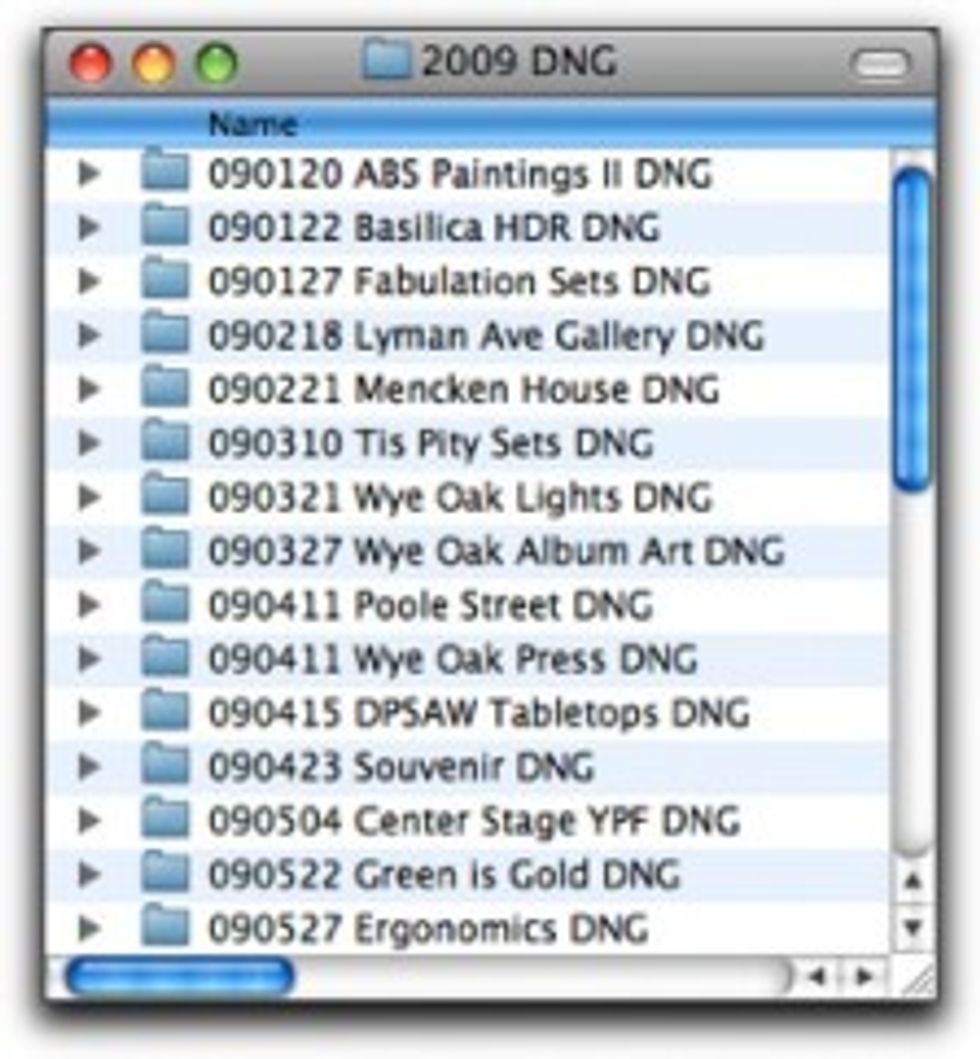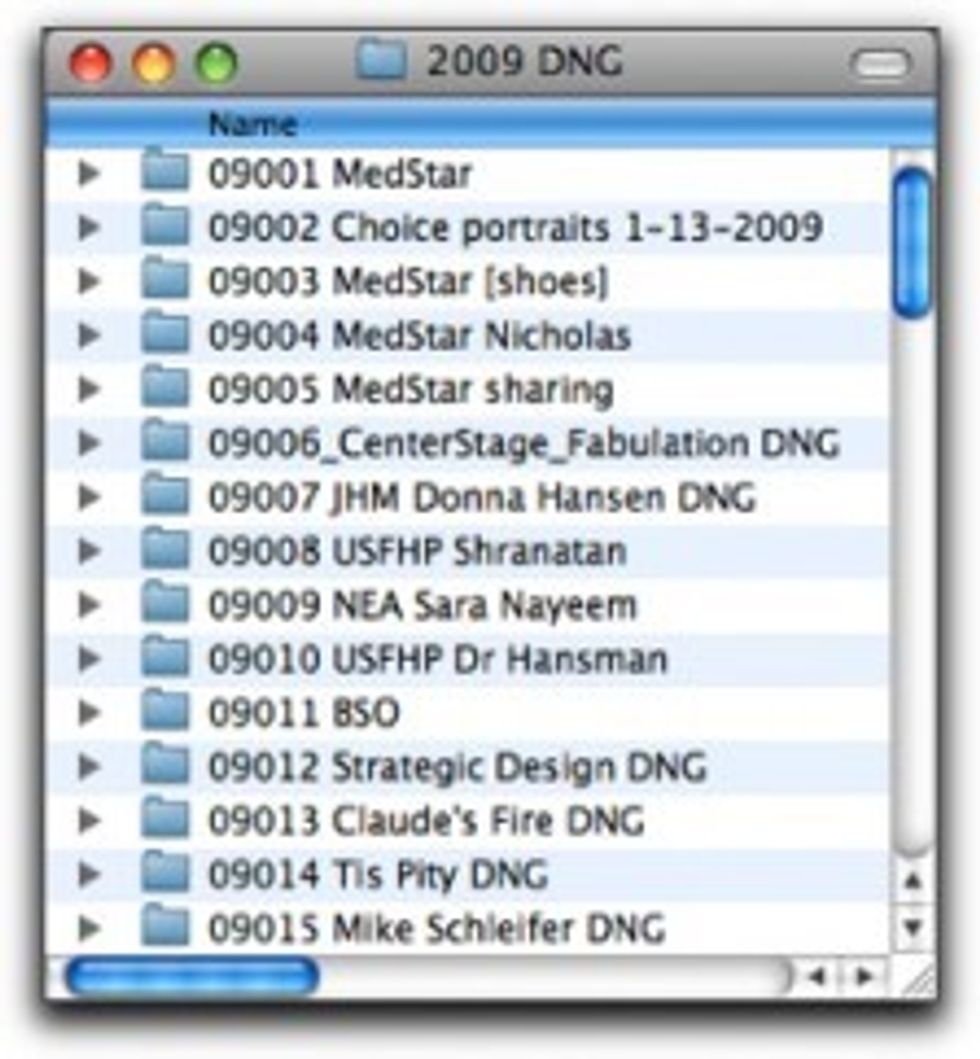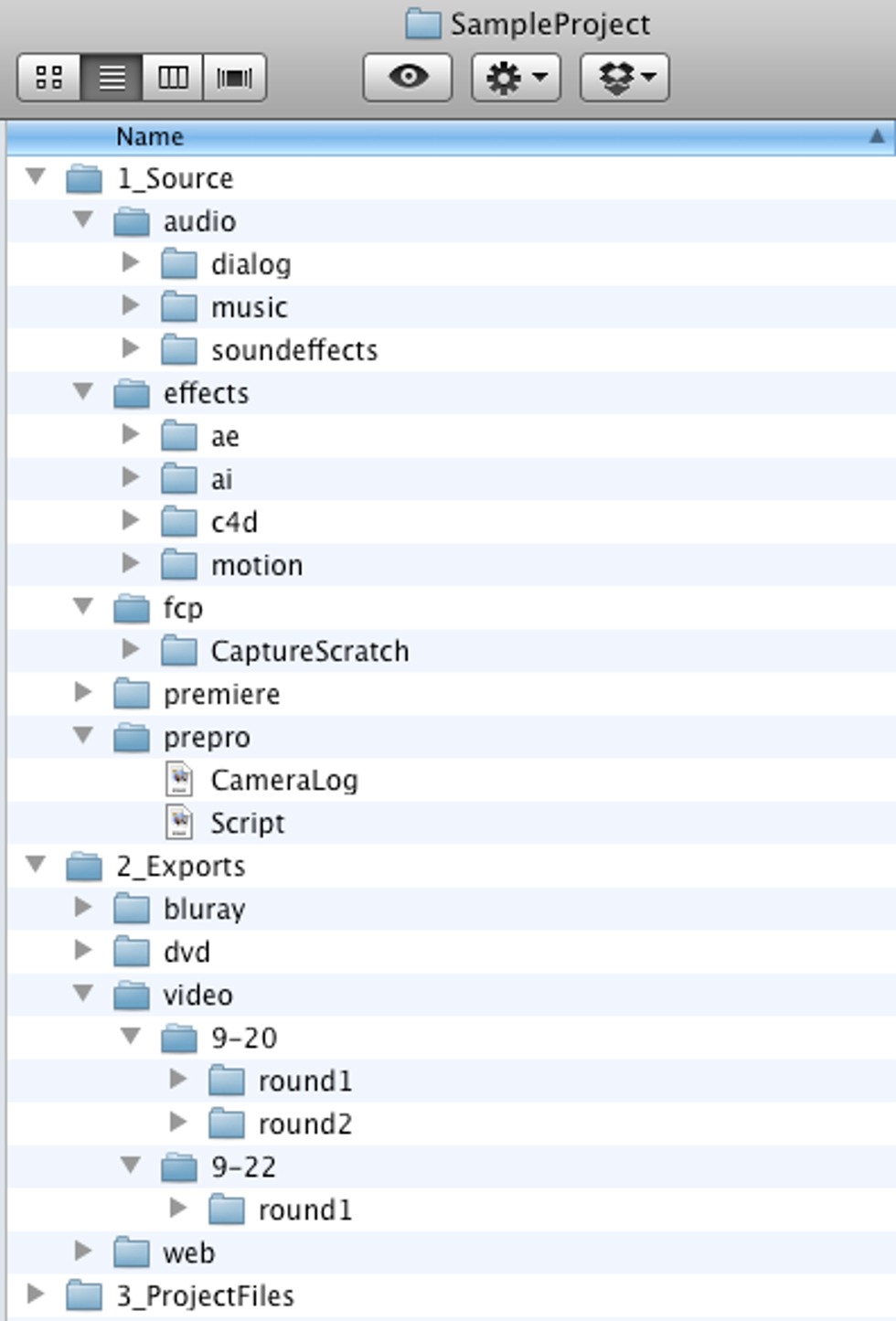An Exciting Post About File Management! (Seriously, This is For Your Own Good)

Do you see the laptop graphic to the left here? This is is a dramatization of what you'll want to do should you ever mis-manage your file naming or folder structure on a project. Luckily, there are several tips from around the web to help with file management. Let's pick ourselves up by the bootstraps, and dig in with some helpful (and ultra exciting!) tips for file management.
First, let's hit on general file management. The folks at the American Society of Digital Photographers have an outstanding site dedicated to this called dpBestflow. Granted, this site is geared more toward still photography, but a lot of the best practices also pertain to motion picture as well.
The main page of their Best Practices contains several sections including File Management, Metadata, and Backup. Of interest in the File Management section is the Overview, which contains some great tips concerning organization by folders. They hit on an important point about organizing by Job, vs Client. If you decide to organize by Job Number, you're going to have to have your own spreadsheet or cataloging software to retrieve projects whenever archived. I tend to use a simple Microsoft Excel spreadsheet for this. The clear advantage to this is that you're going to have a cascading list of numbers that will never change -- even if the job suddenly cancels for whatever reason. This really helps with billing as well. Alternatively, you could organize by Client Name. The advantage to this is when you work with several clients, and feel more inclined to organize by a folder structure. The caveat, however, is that you will not have a consolidated list to refer to in the future. These images from dpBestflow illustrate this difference:
 |  |
| Date-Based | Client-Based |
Once you decide how to organize your master structure, you'll definitely want to make sure that every project is also organized the same way. I've included how I typically organized projects below:
At the root level, I sort by anything that is considered Source, anything that is considered an Export, and Project Files.
Let's start from Project Files. When I do daily backups, I tend to zip the entire Project Files folder and upload to Google Drive or Dropbox, in addition to another local server or hard drive. It's certainly unwieldy to backup the entire project daily, but this structure works for me to make sure that all of my work (the Project Files) are safe from the terrible reality of hard drive failure. At the end of the project I will usually Collect Files in After Effects, Meda Manage in Final Cut, or do whatever file collation my creative program will do, and then back that up to three drives (as described in my previous post on Amazon Glacier).
My Exports folder contains all final deliverables, arranged by date. Inside the folder I will organize by "Rounds" if I think there will be multiple versions of multiple videos that day. However, if I'm working on a single video deliverable, I will typically still organize by version. This can be done easily by having a simple "_v#" number per export. You can always just organize by date and see when the latest file was exported, but this is just another assurance you're on the right export. You certainly don't want to just have a file be "final", as The Beat by PremiumBeats explains below:
With video editing, photography and graphic design, it's typical that a final version may not stay a final version for long. Clients may request changes, weeks, months or even years down the road. Worse, they have multiple rounds of changes after you’ve sent them a “final” deliverable. So, using the word “final” in your naming can quickly get you into hot water. Instead, use a version number so there will be no confusion as to what file is the latest version.
They have several other great tips as well, like hyphenating for example. But I think that kind of goes without saying, if you're at a level where you're responsible for building projects... no spaces!! No. None. Not now, not never. (Double negatives are clearly okay though?)
Finally, my Source folder contains the source files for every program, organized by the type of program and type of file it is. This may be a lot of minutia, granted, but I'd rather be over-organized than have to rely on searching for every file on my system. I also want to acknowledge that I've heard it is typically best to have separate capture sources/drives for audio and video, however this keeps things simple for me, and I haven't noticed extreme performance drops.
What do you guys think? Is this at all similar to how you organize your projects?
Links: dpBestflow, The Beat - File Naming for Video Editors, Designers & Photographers












